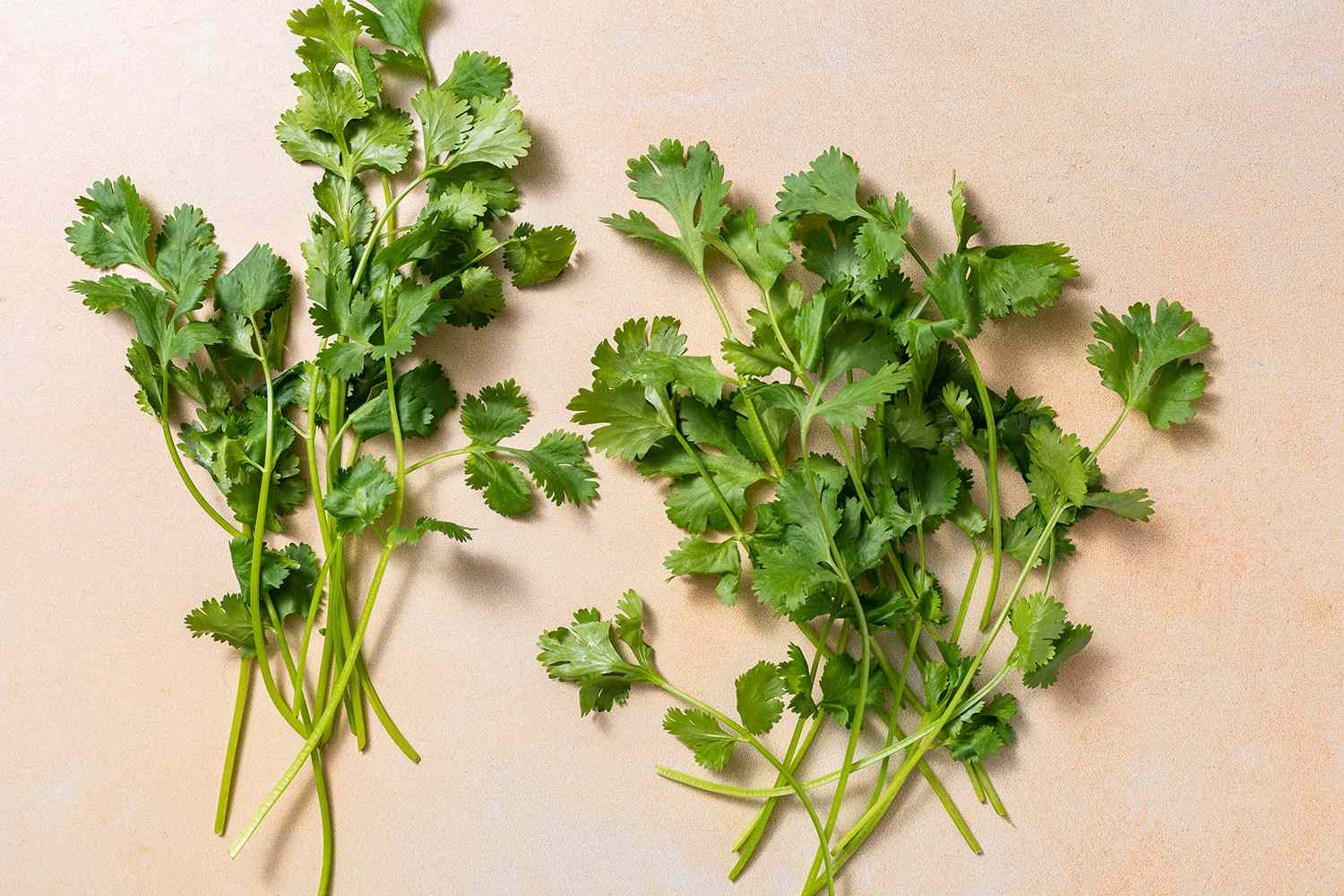
Cilantro—love it or hate it, this herb sparks strong opinions. Some people adore its fresh, citrusy flavor, while others claim it tastes like soap. But what makes cilantro so polarizing? Cilantro is more than just a garnish; it's packed with nutrients and has a rich history. Originating from the Mediterranean, it has traveled the globe, finding its way into various cuisines. Whether you're a fan or a critic, understanding this herb can add a new layer to your culinary adventures. Ready to learn some intriguing facts about cilantro? Let's dive into its world and uncover what makes it so special.
Key Takeaways:
- Cilantro, also known as coriander, has been used for over 5,000 years and is rich in essential vitamins and antioxidants. It's a versatile herb in cooking and traditional medicine, with quirky fun facts and easy to grow at home.
- Cilantro's environmental impact is positive, requiring less water to grow and promoting soil health. It has also made its way into popular culture, inspiring dedicated fan bases and even cilantro-themed merchandise.
What is Cilantro?
Cilantro, also known as coriander, is a popular herb used in various cuisines worldwide. Its unique flavor and aroma make it a favorite in many dishes. Here are some fascinating facts about cilantro that you might not know.
-
Cilantro and coriander come from the same plant. In the U.S., the leaves are called cilantro, while the seeds are referred to as coriander.
-
Cilantro is part of the Apiaceae family, which includes carrots, celery, and parsley.
-
The herb has been used for over 5,000 years. Ancient Egyptians used it in their cuisine and as a medicinal herb.
-
Cilantro is native to regions spanning from Southern Europe to Northern Africa and Southwestern Asia.
Nutritional Benefits of Cilantro
Cilantro isn't just flavorful; it's also packed with nutrients. Here are some health benefits you might find surprising.
-
Cilantro is rich in vitamins A, C, and K. These vitamins are essential for maintaining good health.
-
The herb contains antioxidants that help fight free radicals in the body.
-
Cilantro is a good source of dietary fiber, which aids in digestion.
-
It also contains small amounts of calcium, iron, and magnesium, contributing to overall health.
Culinary Uses of Cilantro
Cilantro's versatility in the kitchen is unmatched. It can be used in a variety of dishes, adding a fresh, vibrant flavor.
-
Cilantro is a staple in Mexican cuisine, often used in salsas, guacamole, and tacos.
-
In Indian cooking, cilantro is used in chutneys, curries, and as a garnish.
-
Thai cuisine also makes extensive use of cilantro, especially in soups and salads.
-
The herb pairs well with lime, making it a common ingredient in many Latin American dishes.
Cilantro in Traditional Medicine
Cilantro has been used in traditional medicine for centuries. Its medicinal properties are still valued today.
-
Ancient Greeks used cilantro as a digestive aid.
-
In Ayurvedic medicine, cilantro is believed to have cooling properties and is used to treat inflammation.
-
The herb is also used in traditional Chinese medicine to detoxify the body.
-
Cilantro oil is sometimes used in aromatherapy for its calming effects.
Fun Facts About Cilantro
Cilantro has some quirky and interesting aspects that make it even more intriguing.
-
Some people have a genetic trait that makes cilantro taste like soap to them.
-
Cilantro was one of the first herbs cultivated by early American settlers.
-
The plant can grow up to 20 inches tall.
-
Cilantro flowers are small and white or pale pink, often attracting beneficial insects.
Growing Cilantro at Home
Growing cilantro at home is easier than you might think. Here are some tips to get you started.
-
Cilantro prefers cool weather and can be grown in spring or fall.
-
The herb needs well-drained soil and plenty of sunlight.
-
Cilantro can be grown in pots, making it suitable for small spaces.
-
Regularly harvesting the leaves encourages the plant to produce more foliage.
Cilantro in Popular Culture
Cilantro has made its way into popular culture in various ways. Here are some examples.
-
The herb is often mentioned in cooking shows and food blogs.
-
Cilantro has a dedicated fan base, with social media groups celebrating its flavor.
-
Some chefs have created entire menus centered around cilantro.
-
The herb has even inspired merchandise, such as cilantro-themed kitchen gadgets.
Environmental Impact of Cilantro
Cilantro's cultivation and use have environmental implications worth noting.
-
Growing cilantro requires less water compared to other herbs, making it a more sustainable choice.
-
The plant can help improve soil health by attracting beneficial insects and promoting biodiversity.
Cilantro's Surprising Facts
Cilantro, often a love-it-or-hate-it herb, packs a punch with its unique flavor and numerous benefits. From its ancient origins in the Mediterranean to its widespread use in global cuisines, cilantro has a rich history. It's not just a culinary delight; cilantro also boasts health benefits like aiding digestion and detoxifying heavy metals from the body. Some folks even use it in traditional medicine for its anti-inflammatory properties.
Despite its divisive taste, cilantro remains a staple in many kitchens. Whether you're a fan or not, there's no denying its impact on food and health. Next time you sprinkle some cilantro on your dish, remember these fascinating facts. Who knows, you might appreciate this humble herb a bit more. So, keep exploring new ways to enjoy cilantro and let it add a fresh twist to your meals.
Frequently Asked Questions
Was this page helpful?
Our commitment to delivering trustworthy and engaging content is at the heart of what we do. Each fact on our site is contributed by real users like you, bringing a wealth of diverse insights and information. To ensure the highest standards of accuracy and reliability, our dedicated editors meticulously review each submission. This process guarantees that the facts we share are not only fascinating but also credible. Trust in our commitment to quality and authenticity as you explore and learn with us.


